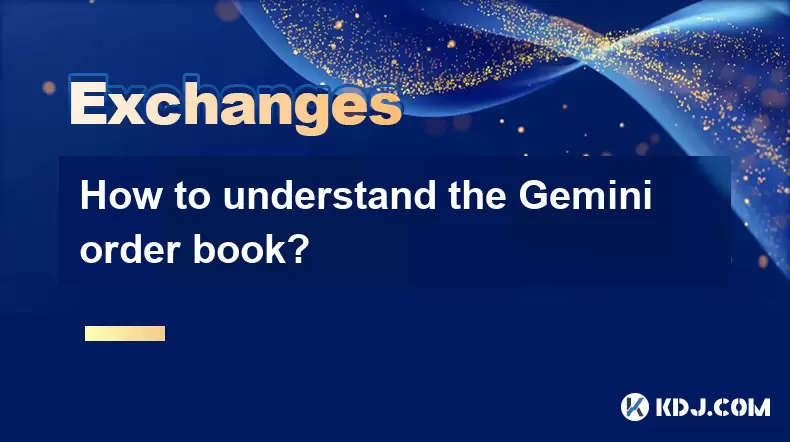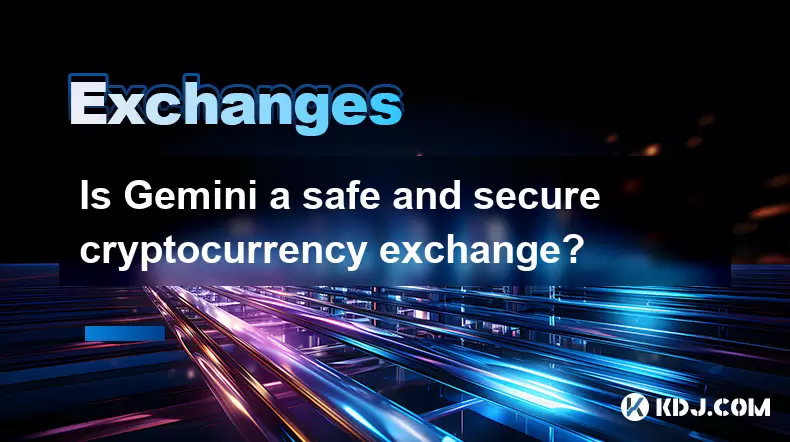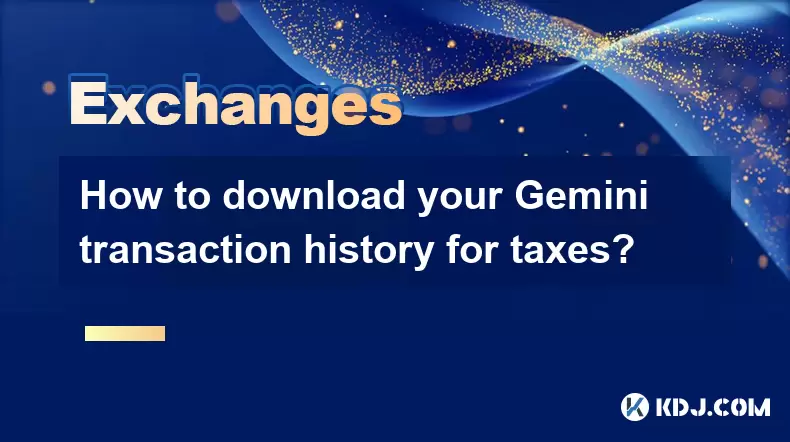-
 Bitcoin
Bitcoin $114000
0.76% -
 Ethereum
Ethereum $3488
0.53% -
 XRP
XRP $2.908
2.27% -
 Tether USDt
Tether USDt $1.000
0.05% -
 BNB
BNB $750.3
0.39% -
 Solana
Solana $161.9
0.14% -
 USDC
USDC $1.000
0.03% -
 TRON
TRON $0.3258
1.22% -
 Dogecoin
Dogecoin $0.1991
1.38% -
 Cardano
Cardano $0.7260
3.39% -
 Hyperliquid
Hyperliquid $38.20
2.33% -
 Stellar
Stellar $0.3987
7.33% -
 Sui
Sui $3.414
1.17% -
 Chainlink
Chainlink $16.28
2.52% -
 Bitcoin Cash
Bitcoin Cash $542.2
2.07% -
 Hedera
Hedera $0.2489
7.51% -
 Ethena USDe
Ethena USDe $1.001
0.05% -
 Avalanche
Avalanche $21.40
0.70% -
 Toncoin
Toncoin $3.635
0.75% -
 Litecoin
Litecoin $109.8
2.04% -
 UNUS SED LEO
UNUS SED LEO $8.955
-0.02% -
 Shiba Inu
Shiba Inu $0.00001221
2.44% -
 Uniswap
Uniswap $9.152
2.20% -
 Polkadot
Polkadot $3.588
2.09% -
 Monero
Monero $298.1
1.27% -
 Dai
Dai $1.000
0.01% -
 Bitget Token
Bitget Token $4.326
1.28% -
 Pepe
Pepe $0.00001045
1.96% -
 Cronos
Cronos $0.1330
4.27% -
 Aave
Aave $257.9
2.12%
Can Binance stop-profit and stop-loss be set in batches? How to deal with partial transactions?
Binance doesn't support batch setting of stop-profit and stop-loss orders, but traders can use third-party bots or manual methods to manage multiple orders efficiently.
May 20, 2025 at 08:36 am

Can Binance Stop-Profit and Stop-Loss be Set in Batches?
Setting stop-profit and stop-loss orders is a crucial aspect of managing risk in cryptocurrency trading. Many traders wonder if it's possible to set these orders in batches on Binance, and how to handle partial transactions. Let's delve into these topics in detail.
Understanding Stop-Profit and Stop-Loss Orders
Stop-profit and stop-loss orders are essential tools for traders looking to automate their trading strategies. A stop-profit order, also known as a take-profit order, is set to automatically sell a cryptocurrency when it reaches a certain profit level. Conversely, a stop-loss order is designed to limit losses by selling a cryptocurrency when its price falls to a predetermined level.
Setting Stop-Profit and Stop-Loss Orders on Binance
Binance provides a user-friendly interface for setting stop-profit and stop-loss orders. However, as of the latest updates, Binance does not support setting these orders in batches directly through their platform. Each order must be set individually for each trading pair.
To set a stop-profit order on Binance:
- Navigate to the trading page for the desired cryptocurrency pair.
- Click on the "Order" tab.
- Select "Stop-Limit" from the order type dropdown menu.
- Enter the stop price at which you want the order to trigger.
- Set the limit price at which you want the order to execute.
- Enter the amount of cryptocurrency you wish to sell.
- Review and confirm the order.
To set a stop-loss order on Binance:
- Follow the same steps as above, but set the stop price at a level below the current market price to limit potential losses.
Handling Partial Transactions on Binance
Partial transactions can occur when only a portion of your order is filled due to market conditions. Binance handles partial transactions by executing the available portion of your order and leaving the remaining portion open until it can be filled or until you cancel it.
- To manage partial transactions:
- Monitor your open orders on the "Open Orders" tab.
- If a partial transaction occurs, you will see the filled portion and the remaining unfilled portion.
- You can choose to cancel the remaining portion of the order if you no longer wish to execute it at the set price.
- Alternatively, you can leave the order open, and it will continue to attempt to fill the remaining portion at the specified price.
Strategies for Managing Multiple Stop-Profit and Stop-Loss Orders
While Binance does not support batch setting of stop-profit and stop-loss orders, traders can employ strategies to manage multiple orders efficiently.
Using Trading Bots:
- Some third-party trading bots, compatible with Binance's API, can automate the process of setting multiple stop-profit and stop-loss orders.
- These bots can be programmed to set orders based on specific conditions, allowing for more efficient management of multiple positions.
Manual Management:
- Traders can manually set stop-profit and stop-loss orders for each position.
- Keeping a spreadsheet or using a trading journal can help track these orders and ensure they are set correctly for each trading pair.
Best Practices for Setting Stop-Profit and Stop-Loss Orders
To maximize the effectiveness of stop-profit and stop-loss orders, traders should follow best practices:
Set Realistic Levels:
- Ensure that your stop-profit and stop-loss levels are realistic and based on thorough market analysis.
- Avoid setting levels too close to the current price, as this can result in premature triggering due to market volatility.
Regularly Review and Adjust:
- Market conditions can change rapidly, so it's important to regularly review and adjust your stop-profit and stop-loss orders.
- Adjusting these levels based on new market data can help optimize your trading strategy.
Consider Using Trailing Stops:
- Binance also offers trailing stop orders, which can be useful for locking in profits as the market moves in your favor.
- A trailing stop adjusts the stop price at a fixed percentage or dollar amount below the market price, allowing you to capture more gains while still protecting against significant losses.
FAQs
Q: Can I set stop-profit and stop-loss orders on Binance mobile app?
A: Yes, you can set stop-profit and stop-loss orders on the Binance mobile app. The process is similar to the desktop version. Navigate to the trading page, select the "Order" tab, choose "Stop-Limit," and enter your desired stop and limit prices along with the amount of cryptocurrency you wish to trade.
Q: What happens if the market price gaps through my stop-loss level on Binance?
A: If the market price gaps through your stop-loss level, Binance will execute the order at the next available price. This is known as slippage, and it can result in the order being filled at a price worse than your specified stop-loss level. To mitigate this risk, consider setting your stop-loss at a level that accounts for potential market volatility.
Q: Can I use Binance's API to automate stop-profit and stop-loss orders?
A: Yes, Binance's API allows developers to create custom trading bots that can automate the setting of stop-profit and stop-loss orders. By using the API, you can program bots to set these orders based on specific conditions, making it easier to manage multiple positions efficiently.
Q: How can I ensure my stop-profit and stop-loss orders are executed during high volatility?
A: During periods of high volatility, it's crucial to set your stop-profit and stop-loss orders at levels that account for potential price swings. Additionally, using trailing stops can help you capture more gains while still protecting against significant losses. Regularly monitoring your orders and adjusting them as needed can also help ensure they are executed effectively.
Disclaimer:info@kdj.com
The information provided is not trading advice. kdj.com does not assume any responsibility for any investments made based on the information provided in this article. Cryptocurrencies are highly volatile and it is highly recommended that you invest with caution after thorough research!
If you believe that the content used on this website infringes your copyright, please contact us immediately (info@kdj.com) and we will delete it promptly.
- XRP: Crypto Analyst's Smartest Buy in 2025?
- 2025-08-04 00:30:13
- SEC, Crypto Regulation, and Digital Assets: A New Era?
- 2025-08-04 00:30:13
- Navigating the Meme Coin Mania: Cold Wallets, SHIB, and DOGE in 2025
- 2025-08-03 22:30:16
- Bitcoin's Price Fall and Scrutiny: What's a New Yorker to Think?
- 2025-08-03 22:30:16
- Shiba Inu's Resistance and Recovery Push: What's Next for SHIB?
- 2025-08-03 22:50:16
- Bitcoin, Hashcash, and Crypto Innovation: A Look at the Foundation and Future
- 2025-08-03 23:12:53
Related knowledge

How to set and manage alerts on the Gemini app?
Aug 03,2025 at 11:00am
Understanding the Gemini App Alert SystemThe Gemini app offers users a powerful way to stay informed about their cryptocurrency holdings, price moveme...

What are the websocket feeds available from the Gemini API?
Aug 03,2025 at 07:43pm
Overview of Gemini WebSocket FeedsThe Gemini API provides real-time market data through its WebSocket feeds, enabling developers and traders to receiv...

How to manage your portfolio on Gemini?
Aug 03,2025 at 10:36am
Accessing Your Gemini Portfolio DashboardTo begin managing your portfolio on Gemini, you must first log in to your account through the official websit...

How to understand the Gemini order book?
Aug 02,2025 at 03:35pm
What Is the Gemini Order Book?The Gemini order book is a real-time ledger that displays all open buy and sell orders for a specific cryptocurrency tra...

Is Gemini a safe and secure cryptocurrency exchange?
Aug 02,2025 at 10:42pm
Understanding Gemini’s Regulatory ComplianceGemini is a New York State-chartered trust company, which places it under the supervision of the New York ...

How to download your Gemini transaction history for taxes?
Aug 03,2025 at 09:15am
Understanding Gemini Transaction History for Tax PurposesWhen preparing your cryptocurrency tax filings, having a complete and accurate record of all ...

How to set and manage alerts on the Gemini app?
Aug 03,2025 at 11:00am
Understanding the Gemini App Alert SystemThe Gemini app offers users a powerful way to stay informed about their cryptocurrency holdings, price moveme...

What are the websocket feeds available from the Gemini API?
Aug 03,2025 at 07:43pm
Overview of Gemini WebSocket FeedsThe Gemini API provides real-time market data through its WebSocket feeds, enabling developers and traders to receiv...

How to manage your portfolio on Gemini?
Aug 03,2025 at 10:36am
Accessing Your Gemini Portfolio DashboardTo begin managing your portfolio on Gemini, you must first log in to your account through the official websit...

How to understand the Gemini order book?
Aug 02,2025 at 03:35pm
What Is the Gemini Order Book?The Gemini order book is a real-time ledger that displays all open buy and sell orders for a specific cryptocurrency tra...

Is Gemini a safe and secure cryptocurrency exchange?
Aug 02,2025 at 10:42pm
Understanding Gemini’s Regulatory ComplianceGemini is a New York State-chartered trust company, which places it under the supervision of the New York ...

How to download your Gemini transaction history for taxes?
Aug 03,2025 at 09:15am
Understanding Gemini Transaction History for Tax PurposesWhen preparing your cryptocurrency tax filings, having a complete and accurate record of all ...
See all articles

























































































